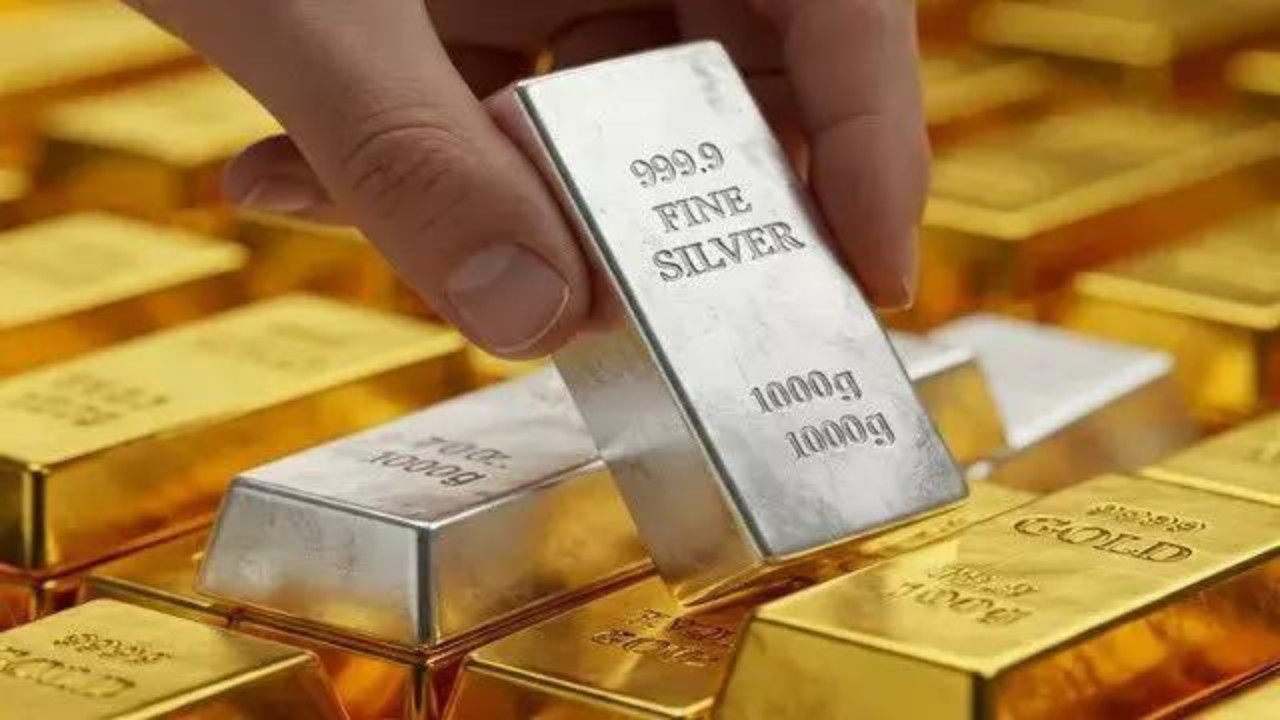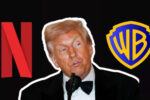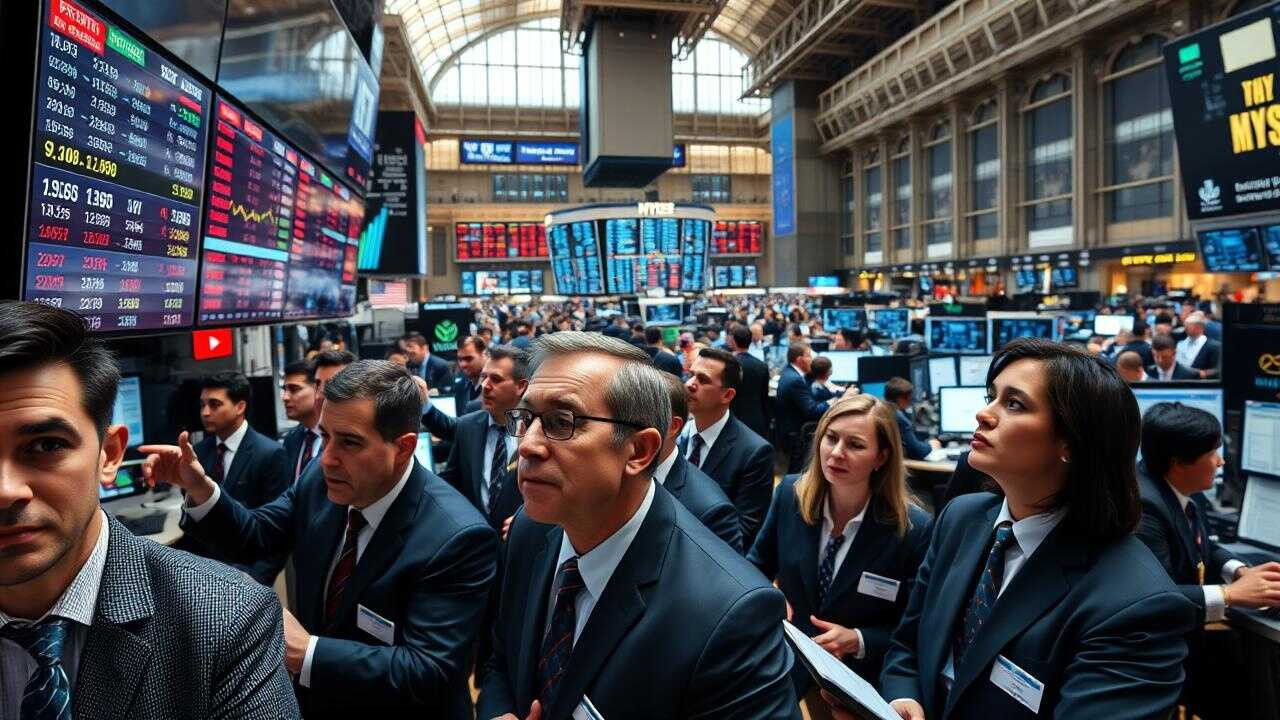Gold and silver are poised for strong momentum, fueled by consistent central bank demand and anticipated shifts in US monetary policy. Nilesh Shah of Kotak AMC highlights that these precious metals are evaluated on perceived value, with central bank buying and a weakening dollar supporting prices. Supply constraints and geopolitical unpredictability further bolster their attractiveness for long-term diversification.
Is Gold Still Glittering? Decoding the Future of Precious Metals
Gold and silver have always held a unique allure, haven’t they? Beyond mere adornment, they represent security, stability, and a hedge against uncertain times. Lately, the precious metals market has been buzzing, and a lot of folks are wondering – will this trend continue? Will gold retain its gleam, and silver, its shine? Let’s dig into the factors influencing these markets and try to get a clearer picture of what the future might hold.
The Power of Central Banks: Fueling the Demand for Gold
One of the biggest drivers impacting gold prices right now is the activity of central banks around the globe. Forget dusty vaults; these institutions are actively buying up gold reserves. Why? Well, it’s partly about diversification, a way to reduce reliance on any single currency, particularly the US dollar. It’s also about perceived safety. In a world grappling with economic uncertainty and geopolitical tensions, gold offers a tangible asset, a safe harbor in a storm. This increased demand from such powerful players naturally puts upward pressure on prices.
Dollar Dynamics: How a Weaker Dollar Impacts Precious Metals
Speaking of the US dollar, its performance plays a crucial role in the precious metals equation. Traditionally, gold and silver are priced in dollars, so when the dollar weakens against other currencies, it becomes cheaper for investors holding those currencies to buy gold. This increased affordability translates to higher demand and, consequently, higher prices. Think of it like this: if your local currency strengthens, imported goods become cheaper. The same principle applies to gold for non-dollar investors. The inverse relationship between the dollar and precious metals is a cornerstone of understanding market movements.

Inflation’s Influence: A Hedge Against Rising Prices
Inflation, that persistent rise in the general price level, is another key factor buoying the gold and silver markets. Gold is often seen as an inflation hedge, a way to preserve purchasing power when the value of fiat currencies erodes. When inflation rises, investors often flock to gold as a store of value, driving up demand and prices. Silver, while also considered an inflation hedge, tends to be more volatile than gold due to its industrial uses. However, both metals can offer a degree of protection against the corrosive effects of inflation on your savings. For more on navigating investment in uncertain times, check out our article on diversifying your portfolio.
Geopolitical Uncertainty: A Flight to Safety
The world stage is rarely quiet, and geopolitical tensions are almost constantly simmering somewhere. These uncertainties can create fear and instability in financial markets, leading investors to seek safe-haven assets. Gold, with its long history of stability, often benefits from this “flight to safety.” When conflicts escalate, trade wars erupt, or political landscapes become unpredictable, investors tend to gravitate towards gold, further fueling demand. Silver, though less directly impacted than gold, can also see increased interest during times of geopolitical turmoil.
Silver’s Dual Role: Industrial Demand and Investment Appeal
While gold is primarily viewed as a store of value, silver has a dual identity. It’s not just an investment asset; it’s also a crucial industrial metal. Silver is used extensively in electronics, solar panels, and various other industrial applications. The growing demand for these technologies, particularly renewable energy sources, is contributing to a steady demand for silver. This industrial demand, combined with its investment appeal, creates a unique dynamic for the silver market.
Navigating the Precious Metals Market: A Cautious Approach
So, what does all this mean for you? While the outlook for gold and silver appears positive, it’s important to remember that markets are dynamic and subject to change. Investing in precious metals, like any investment, carries risks. Factors like interest rate hikes, unexpected economic developments, and shifts in investor sentiment can all influence prices. It’s crucial to conduct thorough research, understand your own risk tolerance, and consider consulting with a financial advisor before making any investment decisions.
In conclusion, the confluence of central bank demand, dollar weakness, inflation concerns, geopolitical uncertainties, and industrial demand (particularly for silver) paints a picture of potentially continued strength in the precious metals market. However, vigilance and informed decision-making are paramount when navigating this complex landscape. Whether gold will continue its glittering run and silver its shining performance will depend on how these factors play out in the months and years to come.







